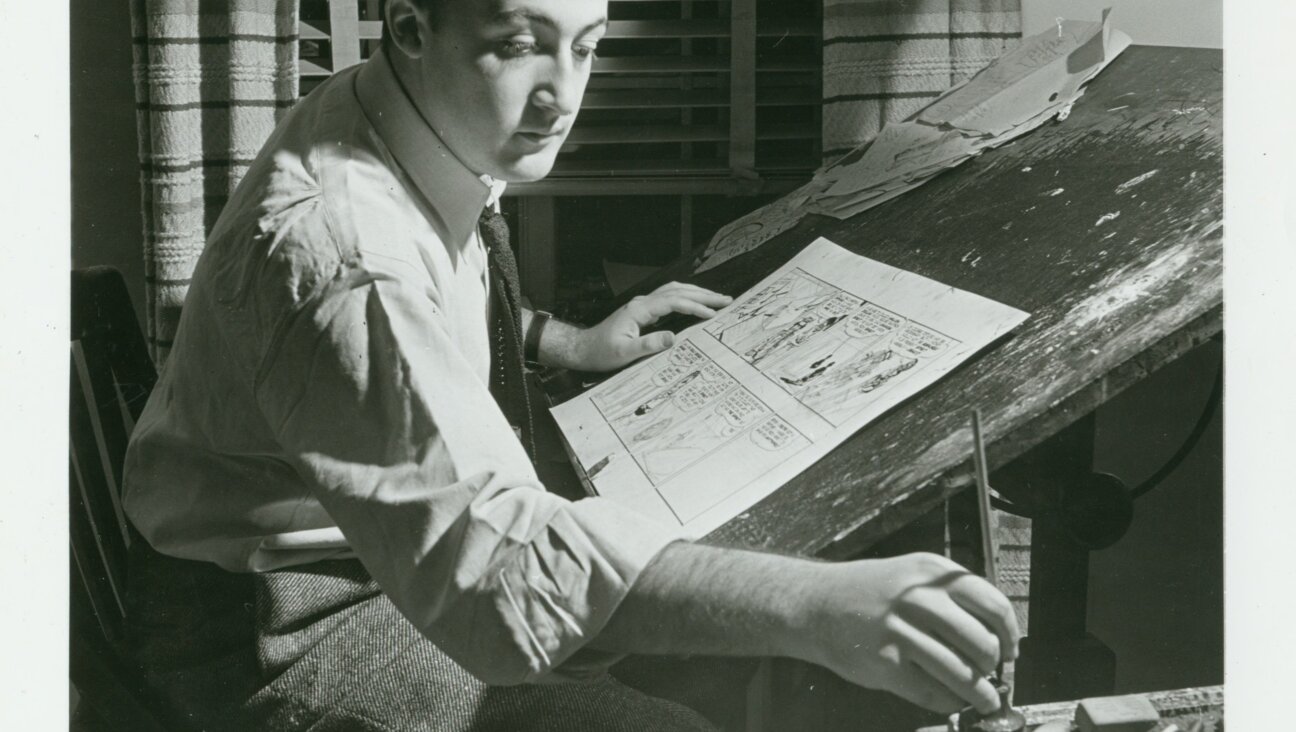The Charmed Life of Charmed Bracelets

Graphic by Angelie Zaslavsky
Mamie Eisenhower had one, and if you came of age during the 1950s, chances are you had one, too. I’m referring to the charm bracelet, that metallic cluster of miniaturized icons that hung from, and often strained, the wrist of every self-respecting, well-dressed woman in postwar America.
As much a fad in its day as the tattoo or the red string is in ours, the charm bracelet was once a staple of the female wardrobe. The first lady, then as now, a beacon of style, rarely appeared in public without her trademark charm bracelet “jangling with the symbols of her husband’s career,” as the New York Times dutifully observed.
Mamie Eisenhower wasn’t the only member of the Republican Party to sport one. When the Republicans gathered in Washington, D.C., in April 1956 to prepare to “dismember the Democrats,” as the political reporter James Reston related, what to wear was one of the topics under discussion. The male members of the party were encouraged to don gold “Ike” cufflinks, while their womenfolk were exhorted to wear charm bracelets decorated with “dangling elephants.”
To be sure, you did not have to be a Republican to own a charm bracelet. Its appeal went far beyond party politics. My Aunt Sylvia, a feisty, lifelong Democrat, wore one for as long as I could remember. A memorable piece of jewelry, its constellation of four-leaf clovers and other symbols of good luck clanged as well as dangled. You could hear her coming a mile away.
These days, charm bracelets like those worn by my Aunt Sylvia and Mamie Eisenhower are more apt to languish in a drawer than adorn a wrist. I could be wrong — time will tell — but I don’t think they are poised for a comeback any time soon. In our boundary-blurring age, this type of jewelry is too bound up with the protocols of propriety and the constraints of conformity for that. Besides, it would only get in the way of and interfere with our nonstop texting and tapping.
All the same, the charm bracelet is due for a reassessment, not as a fashion statement but as a cultural phenomenon. When seen from this perspective, it holds up well rather than fades away. In its earliest incarnation, which stretched as far back as antiquity, the charm bracelet was worn as a talisman, a protective shield to guard its wearers from harm and evil spirits and, in some ancient cultures, to promote fertility as well. At some point in its history, perhaps when science trumped superstition, the utility of the charm bracelet took a back seat to its aesthetic appeal; functionality gave way to form. By the time it came into vogue in modern America, women put on a charm bracelet because they liked the way it looked, not because they had to.
And yet, even in the process of its transformation from an amulet into an article of clothing, the charm bracelet retained some of its old magic. It bound the wearer to something larger than herself — to a political party or a religious faith, to a summer camp or a philanthropy.
I have in mind here a silver bracelet whose links hold 10 individual, pint-sized tablets, each of which bears the text of one of the Ten Commandments. I happened across this item on eBay while conducting research on America’s fascination with these ancient do’s and don’ts and, well, I coveted it. The piece appealed to me, not as jewelry — you won’t find me wearing it any time soon — but as an artifact of a moment in our nation’s history when publicly displaying one’s fealty to the Ten Commandments was common practice.
The provenance of this Decalogue charm bracelet is elusive — it could well have been one of the many clever gambits that Cecil B. DeMille devised to promote his outsized 1956 film, or a prize distributed to a female Sunday School student for having excelled in her biblical studies — but its resonance, its power, is unmistakable.
Equally compelling are two charm bracelets in the collection of the Jewish Historical Society of Greater Washington. The first is fashioned out of a silver alloy of some sort; the second is made of brass. The first is a simple affair. Its assorted charms take the form of various letters from the alphabet. The second item is more representational. Its charms pay homage to mother nature. Both are stunning examples of what the society’s director, Laura Cohen Apelbaum, calls the integration of “allegiance and adornment.”
Charm bracelet number one belonged to Penny Zweigenhaft who, as a young girl in the 1950s, attended Camp Louise, a Jewish girl’s camp in Maryland. A memento of a carefree summer, perhaps one during which she came into her own, Ms. Zweigenhaft’s bracelet, whose charms spell out the words “Camp Louise,” linked her to a community of her Jewish peers.
So, too, did charm bracelet number two. The property of Celia Grossberg, it attested to her charitable work on behalf of the State of Israel. As it turns out, her bracelet contained precisely 12 charms, whose horticultural and animal subjects — grapes and palm trees, lions and deer — symbolized the 12 biblical tribes. Each charm was not easily come by. Rather, each charm reflected the hard-won sale of $2,500 worth of Israel Bonds in postwar America.
We speak often of people wearing their heart on their sleeves. Peggy Zweigenhaft and Celia Grossman, along with thousands of American Jewish women just like them, jingled, jangled and dangled theirs on their wrists.















